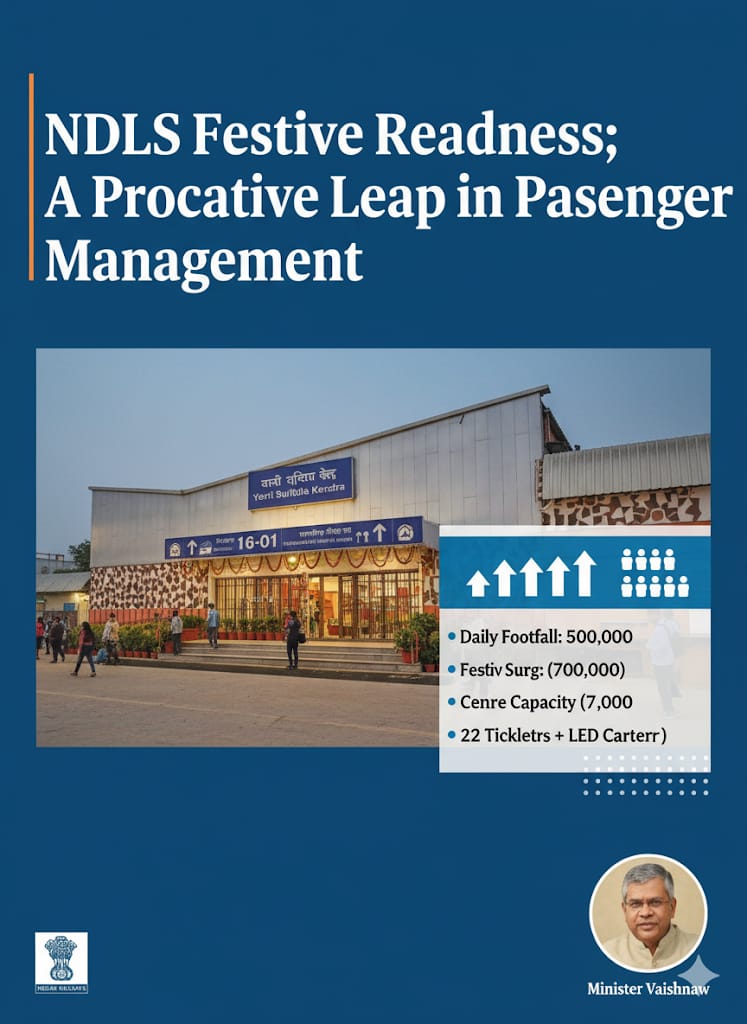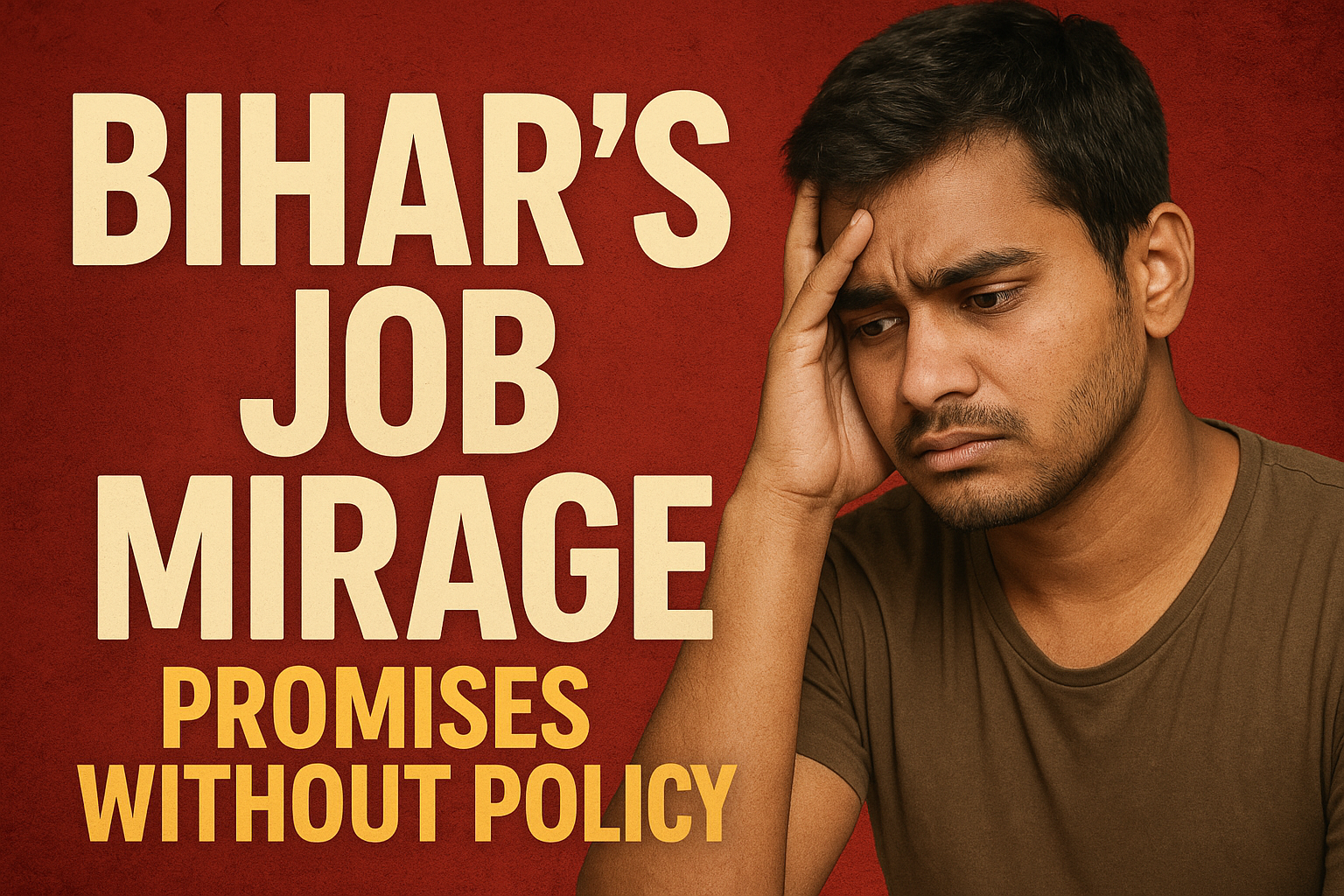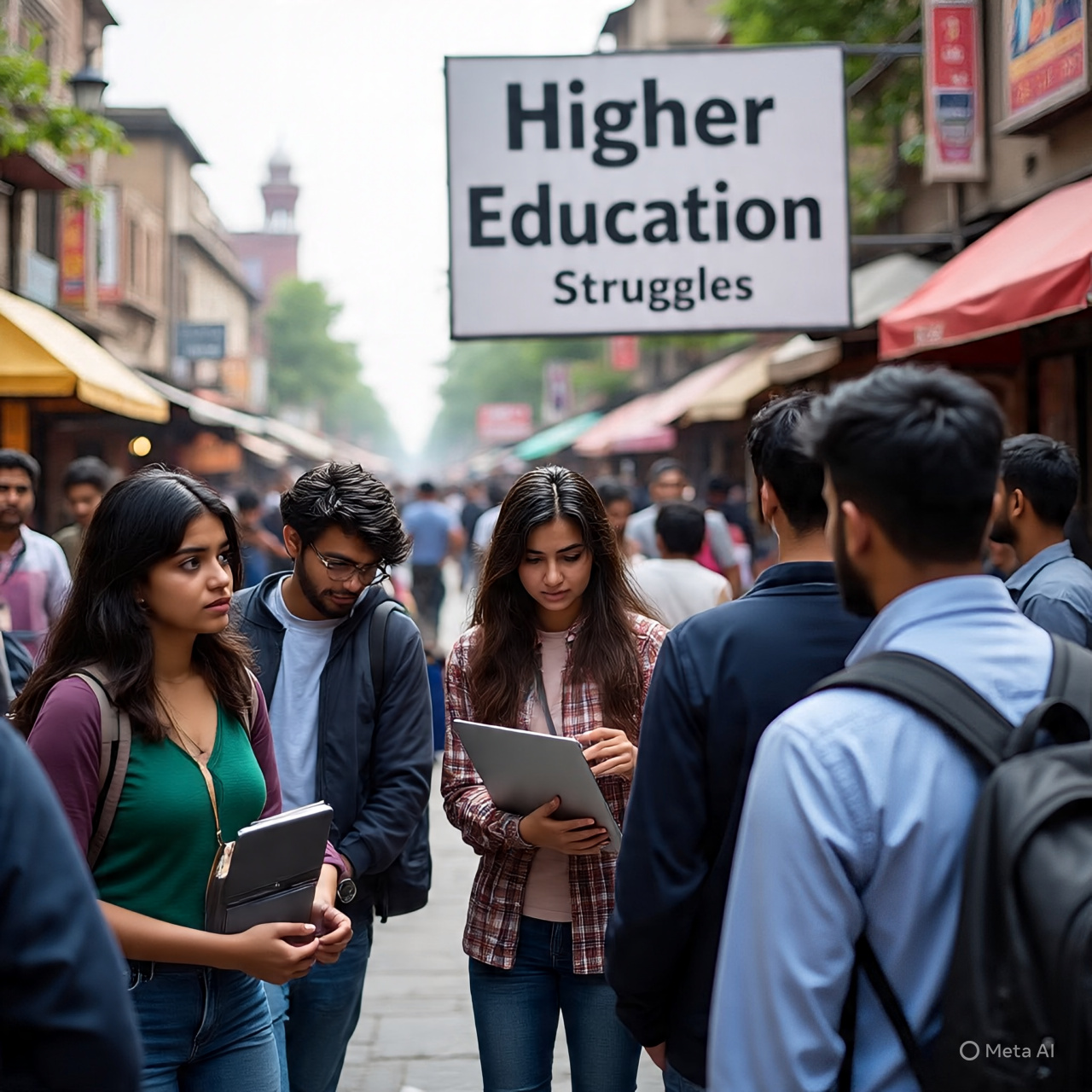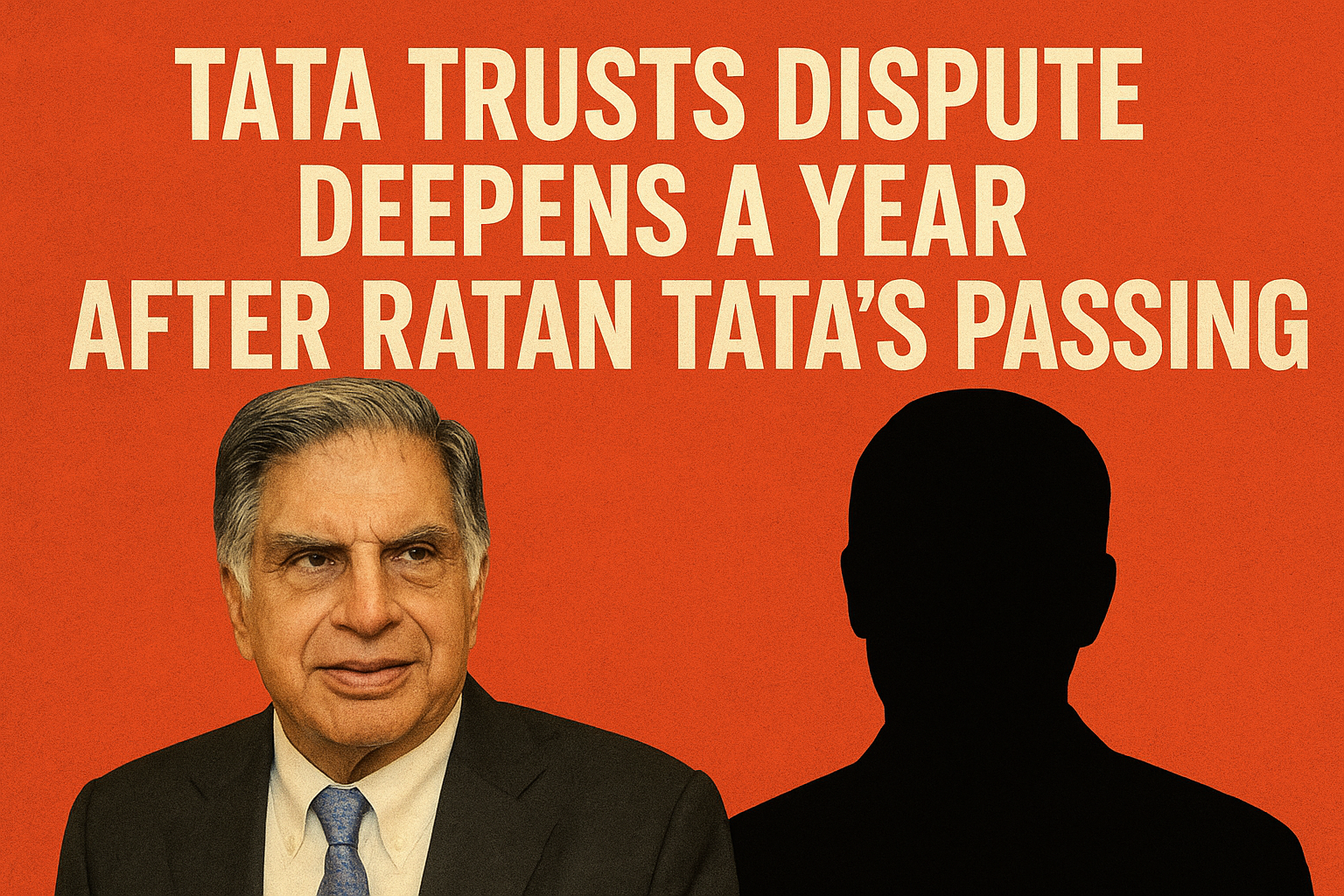
India's economic landscape is undergoing a major transformation. Rising incomes and an expanding middle class are driving a shift in spending habits. A recent report by Deloitte India and the Retailers Association of India (RAI) highlights this changing trend.
By 2030, India's per capita income is expected to surpass $4,000, double the current figure. With 165 million Indians projected to earn more than $10,000 annually, discretionary spending will surge. Consumers will spend more on fashion, travel, wellness, and entertainment.
Changing Spending Patterns in Urban and Rural India
Urban India is seeing a clear shift in spending habits. Expenditure on food and dining out is set to decline from 42.2% in 2023 to 40.45% in 2030. Meanwhile, spending on travel and recreation will jump from 11.37% to 15%. Health, fitness, and personal care spending will grow from 8.72% to 11%.
Rural households are also adopting urban spending patterns. Food expenses will drop from 51% to 49% of total household spending by 2030. There will be higher demand for processed foods, dining out, and entertainment. With increasing access to technology and digital payment solutions, rural consumers are making more discretionary purchases than ever before.
Retail and Consumer Markets Poised for Expansion
The retail sector is expected to grow rapidly. Organized retail is projected to reach $230 billion by 2030 with a 10% CAGR. Several factors are fuelling this growth:
- Young consumers prefer digital transactions and quick shopping.
- Credit options like EMIs and Buy Now, Pay Later (BNPL) are rising.
- Luxury and premium brands are gaining popularity.
Retailers are responding to these changes with customized shopping experiences. Data-driven strategies, artificial intelligence, and omnichannel approaches are shaping the future of retail. Additionally, the growth of e-commerce platforms has further expanded access to discretionary products, leading to a rapid increase in online purchases.
Financial Inclusion and Government Policies Supporting Growth
Better financial inclusion is boosting consumer purchasing power. Digital lending, wider credit access, and tax reforms are key drivers. The government's tax-free income threshold increase to ₹1.28 million has benefited 30 million people, leading to higher disposable incomes.
More disposable income means greater spending on lifestyle products and experiences. People are traveling more, investing in fitness, and spending on wellness services. Digital payment systems, including Unified Payments Interface (UPI), have also made transactions seamless, contributing to increased consumer spending across sectors.
A Future Driven by Experiential Spending
Indians are moving towards experience-based spending. Travel bookings have hit record highs as demand for luxury hotels and premium flights increases. The wellness industry, including organic foods, gyms, and spa services, is expanding fast.
Entertainment spending is rising too. OTT subscriptions and live event attendances are growing. People are willing to pay for experiences that enhance their quality of life. Moreover, the influence of global culture and social media trends has encouraged younger consumers to prioritize spending on leisure activities over traditional savings.
Additionally, the growing gig economy is influencing discretionary spending. With flexible work arrangements, higher disposable incomes, and a rise in freelancing opportunities, younger professionals are more inclined to indulge in travel, fashion, and entertainment.
Conclusion
India’s rising incomes are set to redefine consumption patterns. With more people earning higher salaries, discretionary spending will dominate. Businesses and policymakers must adapt to these changes. The next decade will see India emerge as a global consumer powerhouse, shaping the future of retail and lifestyle industries. Companies that align their strategies with these evolving consumer preferences will thrive in the expanding market landscape.




.jpeg)

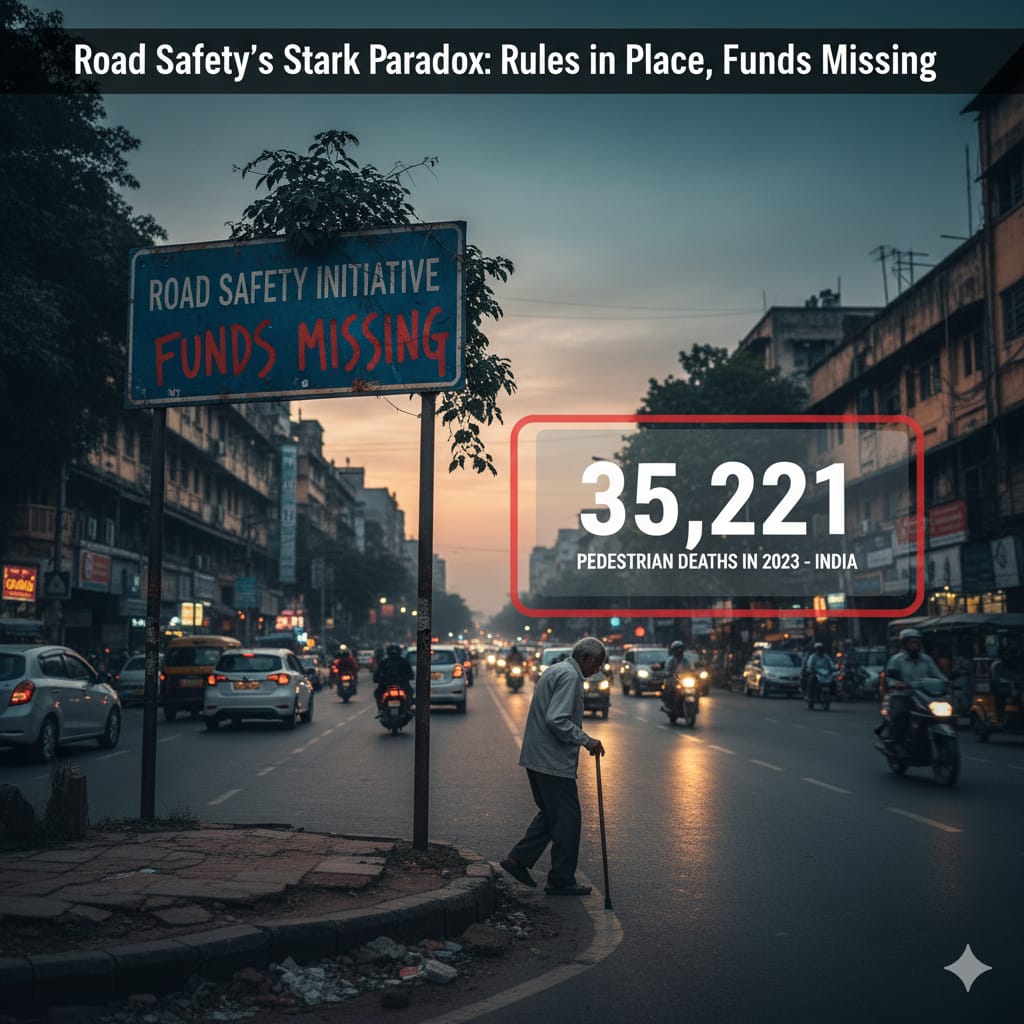
.jpeg)

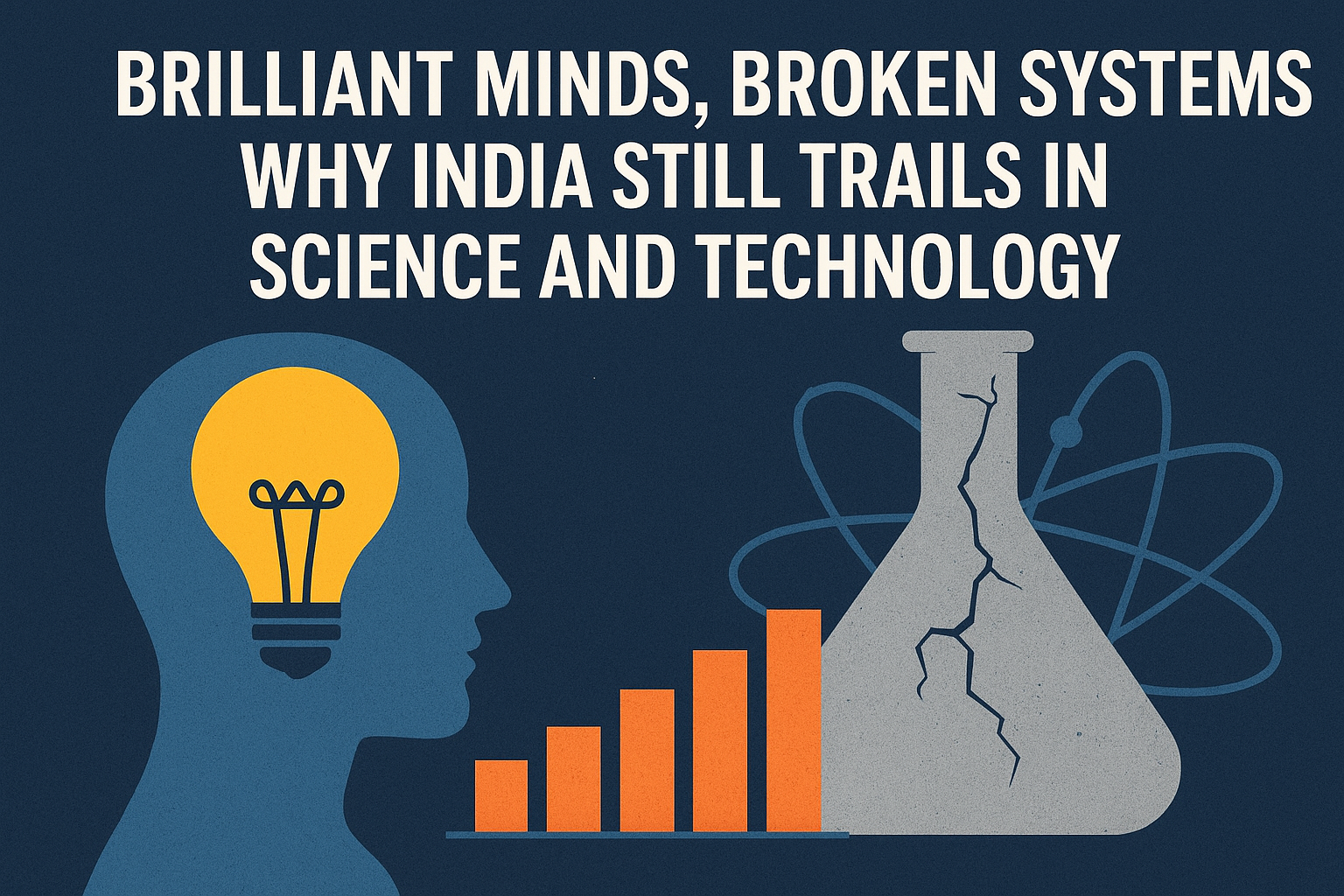


.jpeg)
